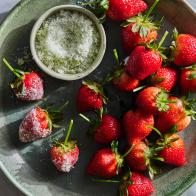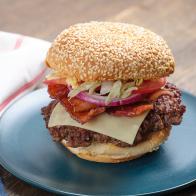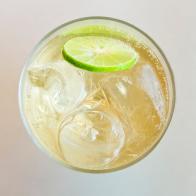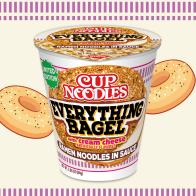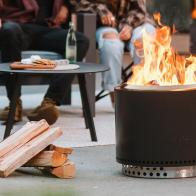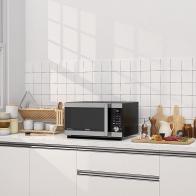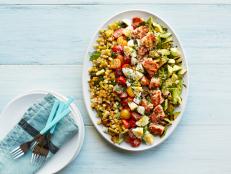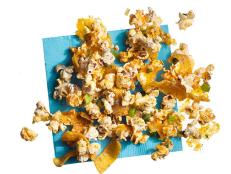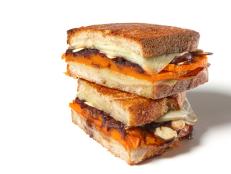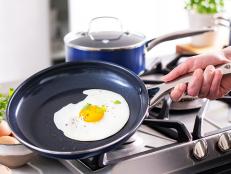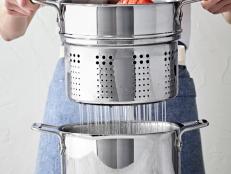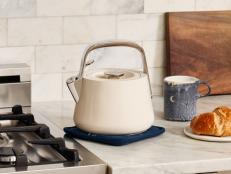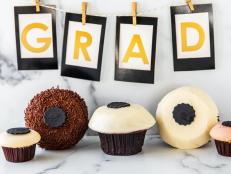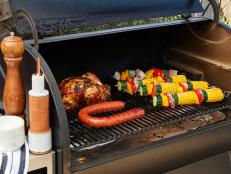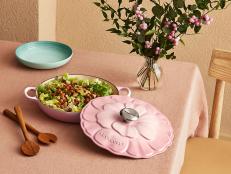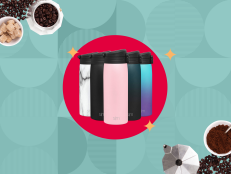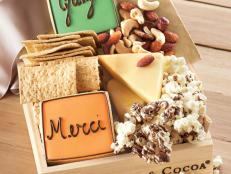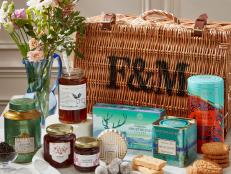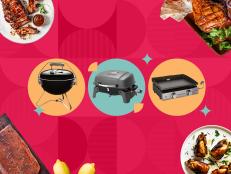U.S. Coffee Consumption Goes Down, While Spending Goes Up

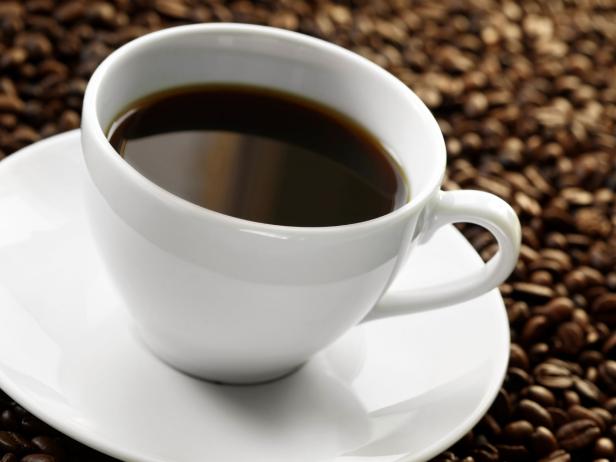
Call it the Keurig effect. Thanks in large measure to the rise in single-cup brew pods, Americans are consuming less coffee — although they are also spending more on it than ever.
U.S. coffee consumption is projected to decline from 24 million to 23.7 million 60-kilogram bags in 2015-2016, down for the first time since 2009-2010, according to a newly released U.S. Department of Agriculture report.
America’s coffee-drinking decline comes even as the demand for coffee has increased in many other countries around the world — and some industry experts attribute it to the growing popularity of single-serve pods, which prompt people to brew less coffee. More than 25 percent of U.S. households now have a single-serve coffee brewer — a big uptick from 15 percent of them in 2014, according to a National Coffee Association survey cited by Reuters.
“As Americans shift from traditional roast and ground coffee toward single-serve, they are brewing only what they intend to drink, reducing the amount thrown down the drain,” Pedro Gavina, owner of Gavina & Sons, a coffee roaster in Vernon, Calif., told Reuters. "Right there we're losing the sink as a consumer."
But the fact that Americans are drinking (and wasting) less coffee doesn’t mean that they are spending less on it. After all, those single-serve pods aren’t exactly cheap. U.S. consumers are forecast to spend $12.8 billion on java in 2015 and $13.6 billion in 2016, up from $11.9 billion in 2014 — itself a record high.
No matter how you grind it — or even if you don’t — that’s a lot of beans!


